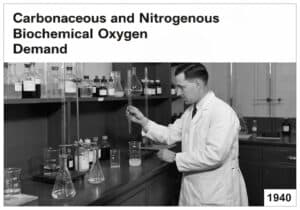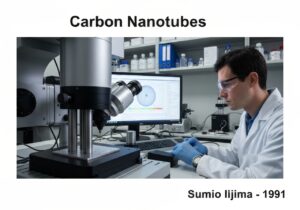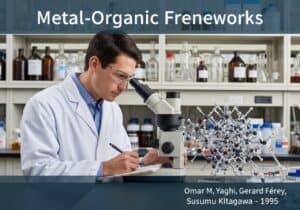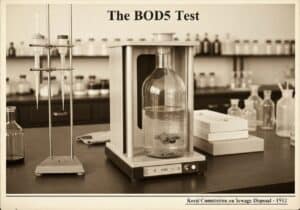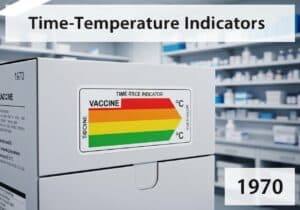A defining characteristic of Metal-Organic Frameworks is their exceptionally high internal surface area and porosity. The ordered, crystalline structure creates well-defined pores and channels, leading to Brunauer–Emmett–Teller (BET) surface areas that can exceed 7,000 m²/g. This value far surpasses traditional porous materials like zeolites or activated carbons, making the vast internal surface readily accessible for molecular 吸附.
